
HISTORY Podcasts
Listen wherever you subscribe to podcasts

History This Week Podcast
This week, something momentous happened. Whether or not it made the textbooks, it most certainly made history. Join the HISTORY This Week podcast as we turn back the clock to meet the people, visit the places and witness the moments that led us to where we are today.
Listen Now →
Sports History This Week
Sports History This Week brings to life moments in competition that redefined sports and our culture. Every week, host Kaelen Jones will unpack one sporting event that occurred within that calendar week sometime in the past.
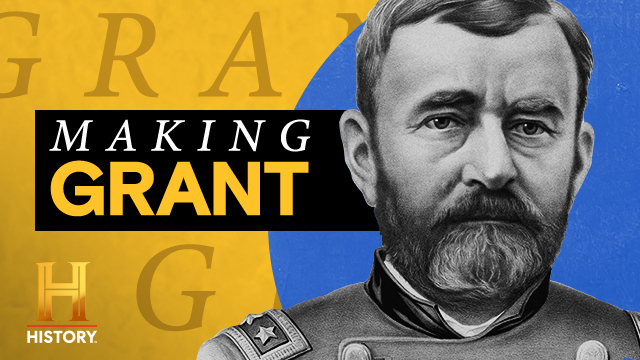
Making...
Emmy-winning actor and Broadway legend André de Shields narrates Making..., an original podcast from The HISTORY® Channel. Each season takes listeners inside the lives of history’s greatest figures and examines the events that forged these legends.
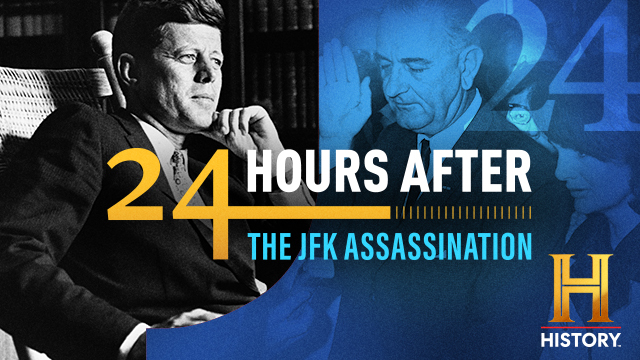
24 Hours After
This original podcast from The HISTORY® Channel, takes listeners on a deep dive into the immediate aftermath of critical moments that reshaped the world.
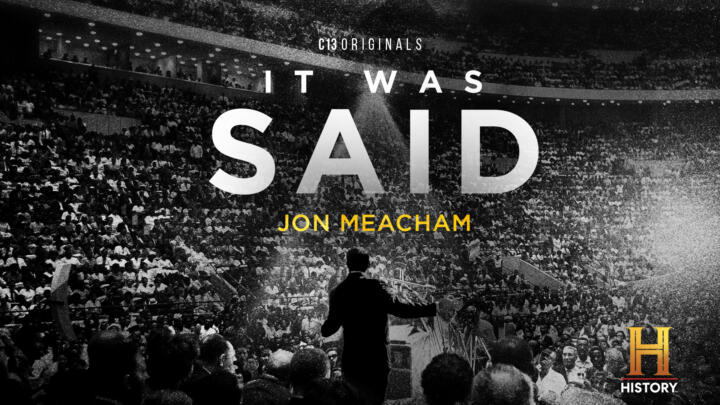
It Was Said
Written and narrated by Pulitzer-Prize winning historian and author, Jon Meacham, It Was Said explores some of America’s most impactful, timeless and relevant speeches. The podcast features the unforgettable words of Martin Luther King, Jr., JFK, John Lewis, Hillary Clinton and more.
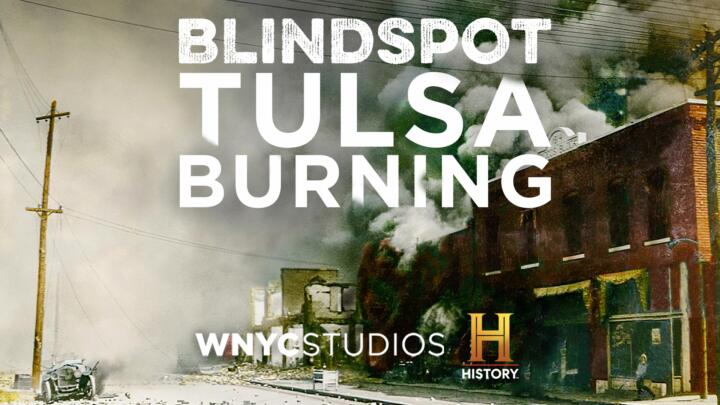
Blindspot
Blindspot unspools the past and shows us how historical events continue to shape the present. The series plunges listeners into moments of our history that pivot on decisions made under pressure. Blindspot is produced by The HISTORY Channel and WNYC.
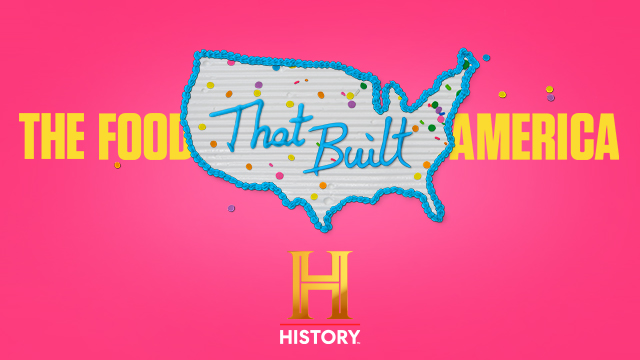
The Food That Built America Podcast
It takes bold visionaries risking everything to create some of the most recognizable brands on the planet. The Food That Built America, based on the hit documentary series from The HISTORY® Channel, tells the extraordinary true stories of industry titans like Henry Heinz, Milton Hershey, the Kellogg brothers and Ray Kroc, who revolutionized the food industry and transformed American life and culture in the process.
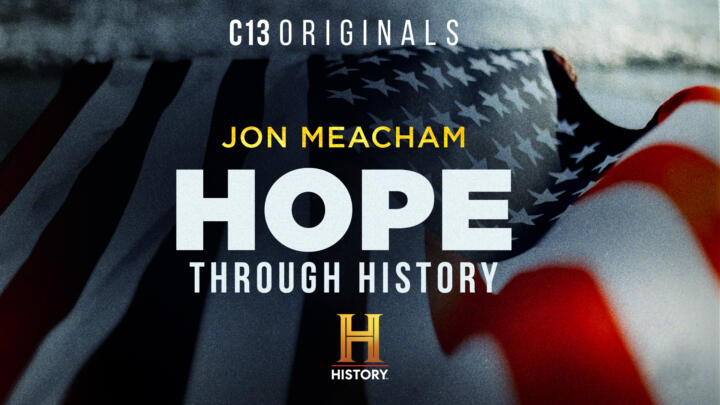
Hope, Through History
"Hope, Through History" explores some of the most historic and trying times in American History, and how this nation dealt with these moments, the impact of these moments and how we came through these moments a unified nation.
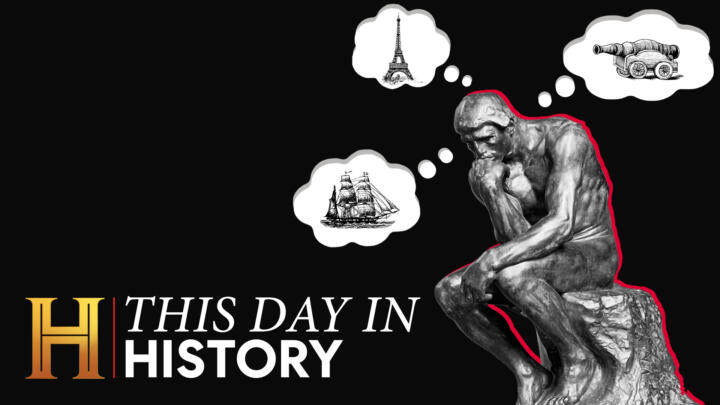
This Day in History Daily Briefing
History happens every day! Check in with your virtual assistant or wherever you get your podcasts to find out about the historical events that happened on this day and every other day of the year.
Find Out More →